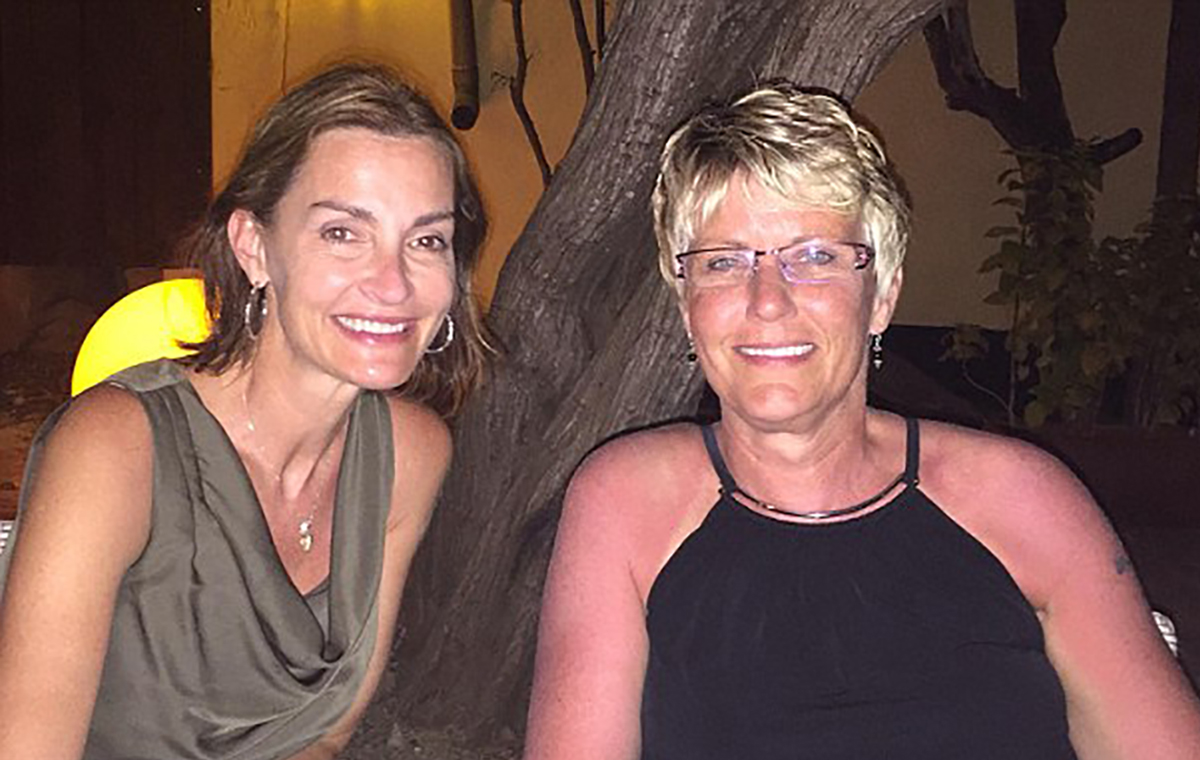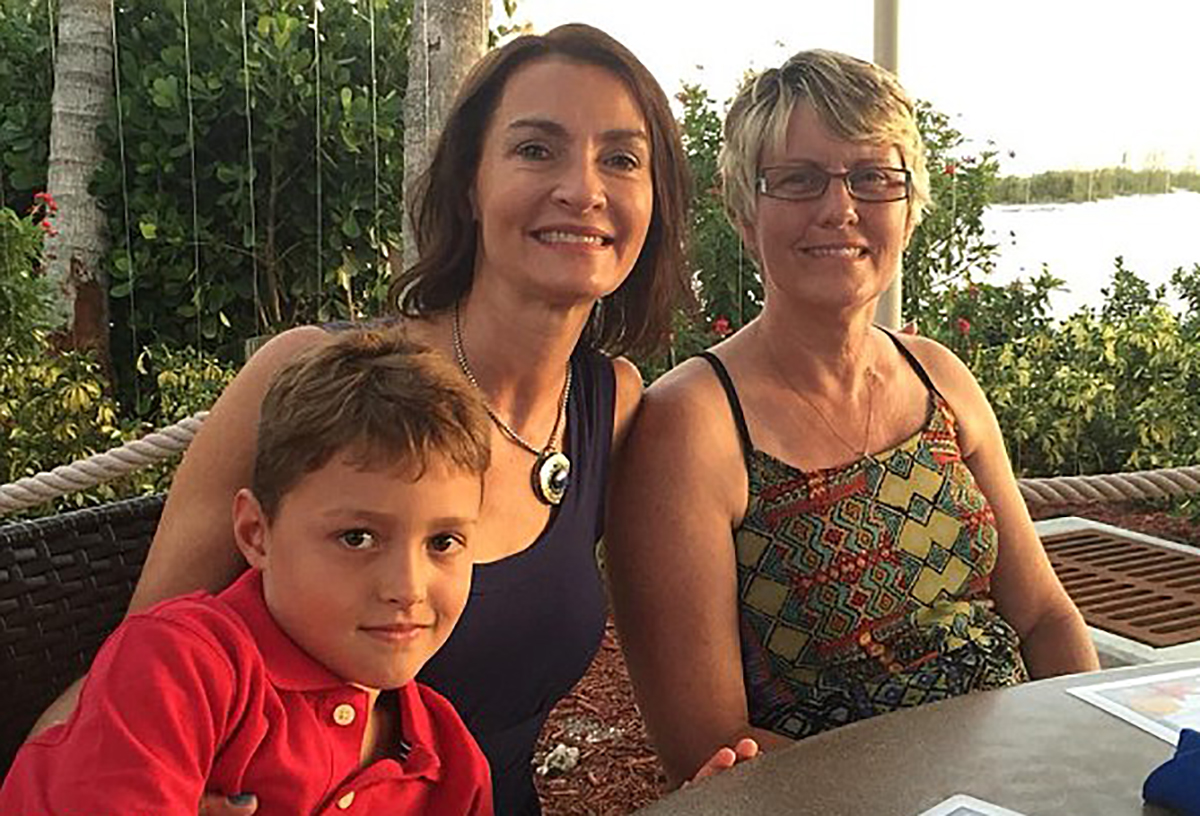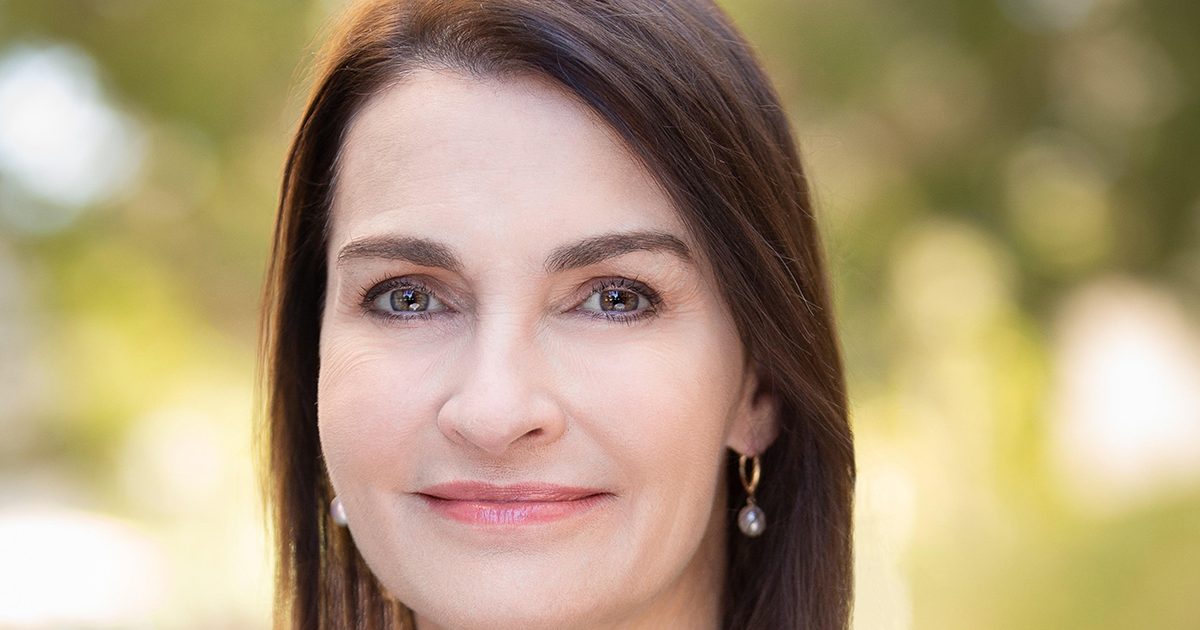The Tecartus Breakthrough
- Kite Pharma and Christi Shaw, the company's CEO, are pushing innovative cancer treatments forward as leaders in the field. And this time, adult patients with acute lymphoblastic leukemia are the ones who will benefit.
- Last week, Kite had a major breakthrough the FDA approved the company's second CAR-T cell therapy, Tecartus, for patients with relapsed or refractory B-cell precursor acute lymphoblastic leukemia.
- Shaw is now leading a major pharmaceutical company in its treatment advancements for patients with blood cancer, just three years after her sister, whom she cared for, died from blood cancer.
Last week, Kite had a major breakthrough the U.S. Food and Drug Administration approved the pharmaceutical company's second CAR-T cell therapy, Tecartus, for adult patients with relapsed or refractory B-cell precursor acute lymphoblastic leukemia. Last year, the FDA gave Kite its approval to use Tecartus in adult patients with relapsed or refractory mantle cell lymphoma. The latest FDA approval means this cell therapy can now be used to treat two different types of blood cancer great news for relapsed leukemia patients.
Read MoreCAR-T Cell Therapy: A 'Revolution' in Cancer Treatment
But what's really extraordinary is Shaw's story she's now leading a major pharmaceutical company in its treatment advancements for patients with blood cancer, just three years after her sister, Sherry, whom she cared for, died from blood cancer.
Related: CAR T-Cell Therapy's Current and Future Success
Shaw's Sister and Cancer Connections
Shaw has worked in the cancer therapy field for about 12 years. And this isn't her only connection to cancer. She, like so many others across the U.S. and the world, has had loved ones yes, plural die from the disease. She tells SurvivorNet that her mother died from breast cancer and her sister died after a hard-fought battle with multiple myeloma a rare type of blood cancer.
In order to care for her sister, Shaw actually took a year off of work. Her sister's multiple myeloma was being treated with CAR-T cell therapy; she was enrolled in a phase 1 clinical drug trial, "and it didn't work for her," Shaw says. Sherry died at age 51.

Related: Can You Afford the High Cost of CAR T-Cell Therapy?
"When you have cell therapy, you really have to have a caregiver with you," Shaw says of her decision to take an extended break from work to care for her sister. And there are a few reasons for needing a caregiver, she says.
"One is you need to go to an authorized treatment center. So (for) many of these patients, as I did with my sister we stayed in (American Cancer Society) Hope Lodge, or you could stay in a hotel you need to be local for a period of time," Shaw says. "That's because of the monitoring for those adverse events … which I saw my sister actually get."
Some of the adverse events that cell therapy causes include something called CRS, short for cytokine release syndrome, which is "an overreaction of your immune system to fight things very hard, kind of like when you get a fever," Shaw says. Neurotoxicity is another one that "occurs when the exposure to natural or manmade toxic substances alters the normal activity of the nervous system."

Related: Cytokine Release Syndrome: A CAR T-Cell Therapy Side Effect
"But when I came back to work," she tells SurvivorNet, "I was so excited to be offered a job to lead Kite. (What) I saw in our first indications in lymphoma, after the first three years, half of the patients were still alive, (and) at four years, 44 percent of the patients are still alive."
What is CAR-T Cell Therapy?
"Cell therapy is different (from) most other medicines and therapies in that it actually harnesses your own immune system," Shaw tells SurvivorNet.
Our immune system was designed to fight off foreign invaders such as viruses, bacteria and yes, cancer. Sometimes, cancer cells can evade detection and continue to grow. But CAR-T cell therapy essentially re-trains your immune system to make it a more efficient, and more effective, cancer fighter.
"CAR-T is a revolution in cancer therapy; it is paradigm changing," says Dr. Siddhartha Ganguly, previously the director of the lymphoma and myeloma program at the University of Kansas, and now the section chief of hematology at Houston Methodist Oncology Partners.
The process, as Shaw and SurvivorNet experts explain, starts when your doctor intravenously removes a sample of your blood. With a procedure called leukapheresis the removal of blood to collect specific blood cells your blood flows into a machine that separates out the T cells; it then returns the other blood components, such as red blood cells, platelets, etc.
The T cells are then sent out to a lab, where technicians insert an anti-cancer gene into them. That new gene causes special receptors called chimeric antigen receptors to pop up on the surface of the T cells. Those receptors are like homing devices that will lock onto the matching antigen on the surface of your cancer cells. "It's kind of like increasing your army to fight and embolden them by giving them better tools, if you will," Shaw says.
Related: If You're Over 65, Here's What You Need to Know About CAR T-Cell Therapy
Once the T cells are back from the lab, you'll first need treatment to prepare your body to receive the new, genetically modified T cells. "Patients are primed with three to four days of a mild form of chemotherapy, so that their body does not reject those genetically modified cells," Dr. Ganguly says. "And then those cells are infused, just like a blood transfusion."
This is a process Shaw was able to watch firsthand while caring for her sister, and something she's now able to help make possible for other blood cancer patients with Tecartus.
Contributing: SurvivorNet staff
Learn more about SurvivorNet's rigorous medical review process.

